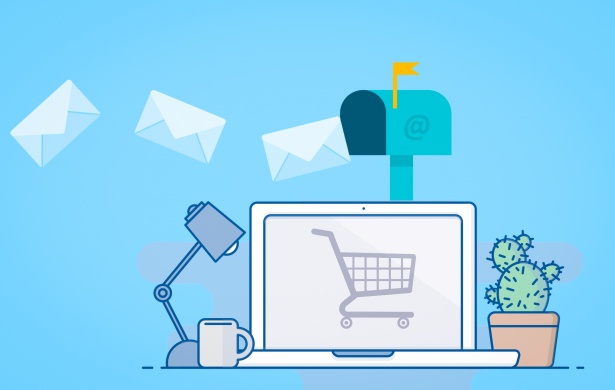Regardless of industry, customer experience is key to business growth and success. It’s simple: unhappy customers leave and happy ones not only stay, they tell their friends about your company. The Gartner 2015-16 CMO Spend Survey found that 52% of marketers rank customer experience as one of the top 5 marketing technology investments, and Genesys research shows that companies recognize that positive customer experience improves retention (42%), satisfaction (33%), and increases cross and upselling opportunities (32%). Marketers get it – offline and online customer experience is paramount- but the thing they need to realize is there is really no more “offline” and “online” experiences.

Yes, a customer can have a bad in-store experience and they can have a frustrating experience on a brand’s website, but these experiences are so intertwined that they should no longer be judged as separate entities. The same goes for purchases made on mobile or calls to associates in a call center. Although these engagements occur on separate channels, each of these touchpoints make up the consumer’s overall perception of a company. Surveys by Gartner show that 98% of CMOs agree that offline and online marketing are merging, and PWC predicts that by 2020 brands will have to execute seamless customer experiences across all channels with near perfection or face replacement by more savvy competitors.
But why wait until 2020? B2B and B2C business alike need to step up sooner rather than later in removing the walls between offline and online, and the first step is to stop talking about them as separate entities. Forrester’s Customer Index says that customer experience leaders gained 43% in performance, while those who fell behind saw a 33.9% decrease. Plus, 39% of the best performing companies already have a fully integrated strategy which acknowledge offline and online as one in the same.

Companies who really want to gain momentum with customer retention and acquisition have to adapt sooner rather than later to the concept of one experience and one strategy that covers all the bases. The modern consumer journey no longer has a universal starting point, nor does it follow a linear path. It can begin with online research and lead to an in-store purchase or can begin in-store then lead to a click-through on a marketing email and then lead back to the physical location for purchase. Marketers must implement technology that allows them to capture consumer insights at each of these touch points and capitalize on the insights to deploy messaging at the next step of the purchase journey- perhaps before the consumer even knows that’s where they’re heading.
This article originally appeared here. Republished with permission. Submit your copyright complaints here.















